‘Water Only When Your Begonia Is On The Dry Side’: Experts Share Their Tips
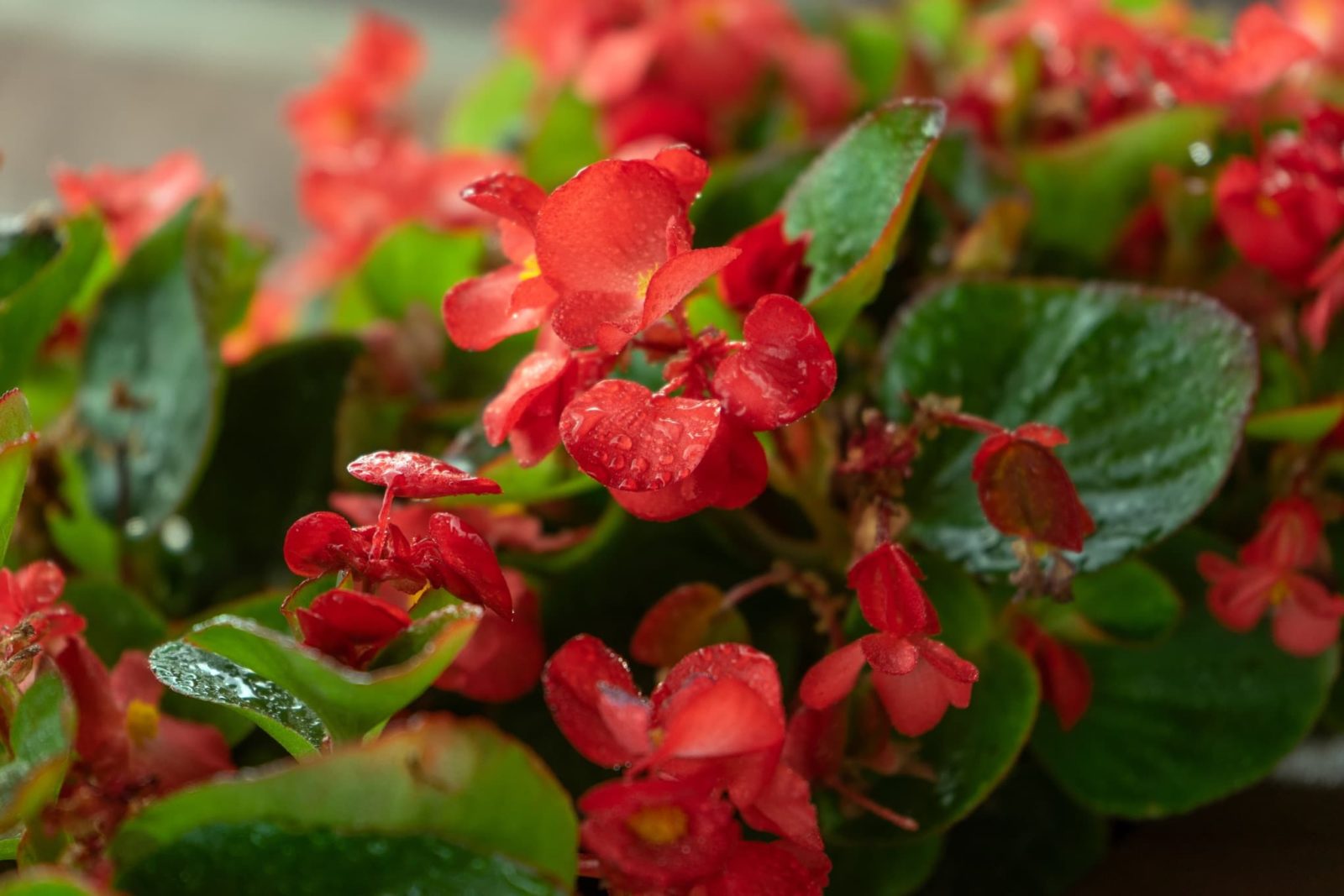
Reviewed By DAN ORI

Dan has over 27 years’ under his belt caring for plants and gardens. Working as a Horticultural Instructor and Consultant, he draws on a diverse range of experience that includes working as a Head Gardener, Tree Surgeon, Garden Centre Trouble Shooter, and writer of academic papers. Dan has a Level 3 Diploma in Horticulture and is currently a candidate for the RHS’s most prestigious award – The Master of Horticulture.
Contributions From JANEEN RANDLE

Janeen Randle is the president of the Melbourne Begonia Society. The society is based in Australia and many members, including Janeen, breed their own Begonias and visit flower shows across the country.

Emily is a Gardening Writer, Photographer and Videographer from Derbyshire, UK. She is the Founder of Emily's Green Diary - a community of more than 75,000 people who share in her gardening journey.
Truly, Begonia is a mind-boggling genus – there are Begonias grown for their spectacular foliage and those valued for their summer-long blooms, there are big bushy outdoor Begonias and petite indoor ones.
Then there are rhizomatous Begonias and cane-stemmed ones.
There are hardy Begonias and tender ones.
And bedding Begonias and pot-plant ones…you get the picture!
Considering that the Begonia genus boasts such a rich array of types and kinds of plants, can a single short guide lay out how to water and feed them?
Interestingly, even though Begonias are mind-boggling in their diversity, their watering and feeding needs have only very minor differences.
No matter which ones of the many kinds of Begonias you have, you are sure to get the best out of your plants if you follow these watering and feeding guidelines.
Watering
Neither dry nor soggy but consistently moist.
That, in one sentence, sums up all Begonias’ watering needs.
So this is not a plant to water deeply and soak once a week.
Water very moderately but frequently so that the soil is only moist, but stays moist.
“Water only when your begonia is on the dry side and keep it in a well-ventilated, filtered sunny position,” advises Janeen Randle from the Melbourne Begonia Society.
The soil should drain very well and should not get waterlogged, and this guidance is crucial for Tuberous Begonias.
In general, during the growing season you should lightly water Begonias every two or three days, though in hot weather an outdoor container plant should be watered daily.
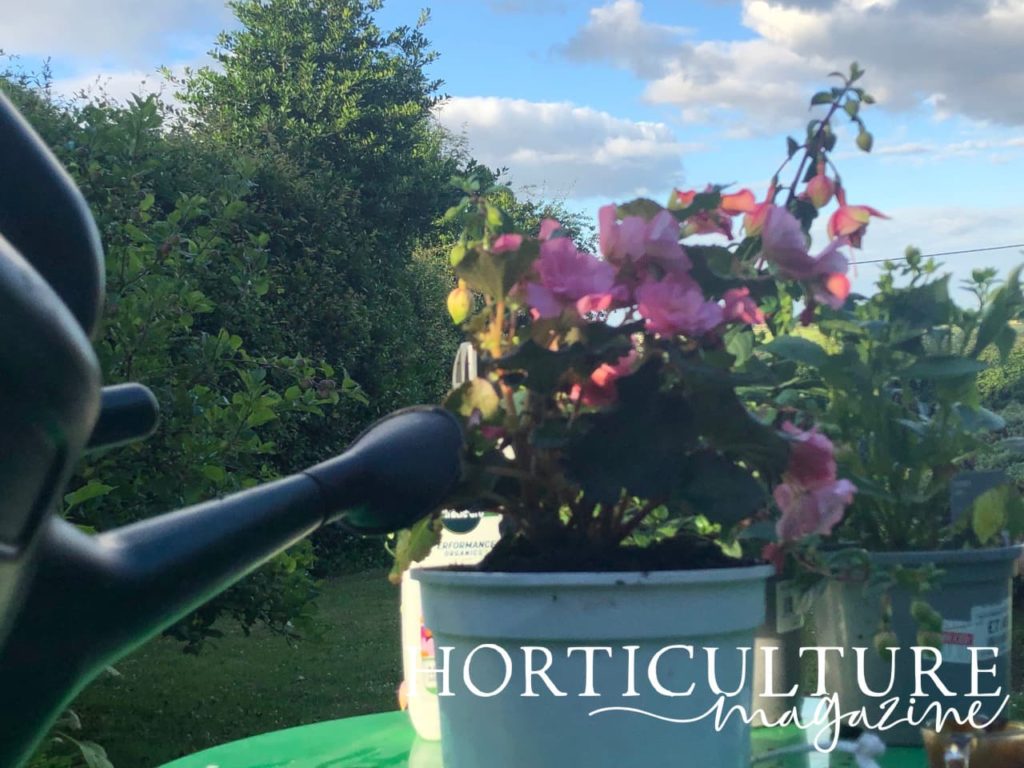
As soon as you notice that the soil has dried out, Begonias should be watered but in moderation.
Except for winter-flowering Begonias, the frequency and amount of water should be reduced, though not stopped, in winter.
While it is advisable to water most plants at soil level, this guidance is critical for Rex Begonias and Tuberous Begonias.
Do not wet the foliage of these plants otherwise mildew infestations may result.
We recommend that you water your plants by mid-morning.
Finally, a word about humidity. Begonias originate from the tropical and sub-tropical regions of Central and South America, and also Central Africa and South Asia.
As such, these plants flourish in humid conditions, and humidity is especially important for Tuberous Begonias.
Therefore, in regions with a dryish atmosphere, you will need to increase humidity if you grow Begonias.
Feeding
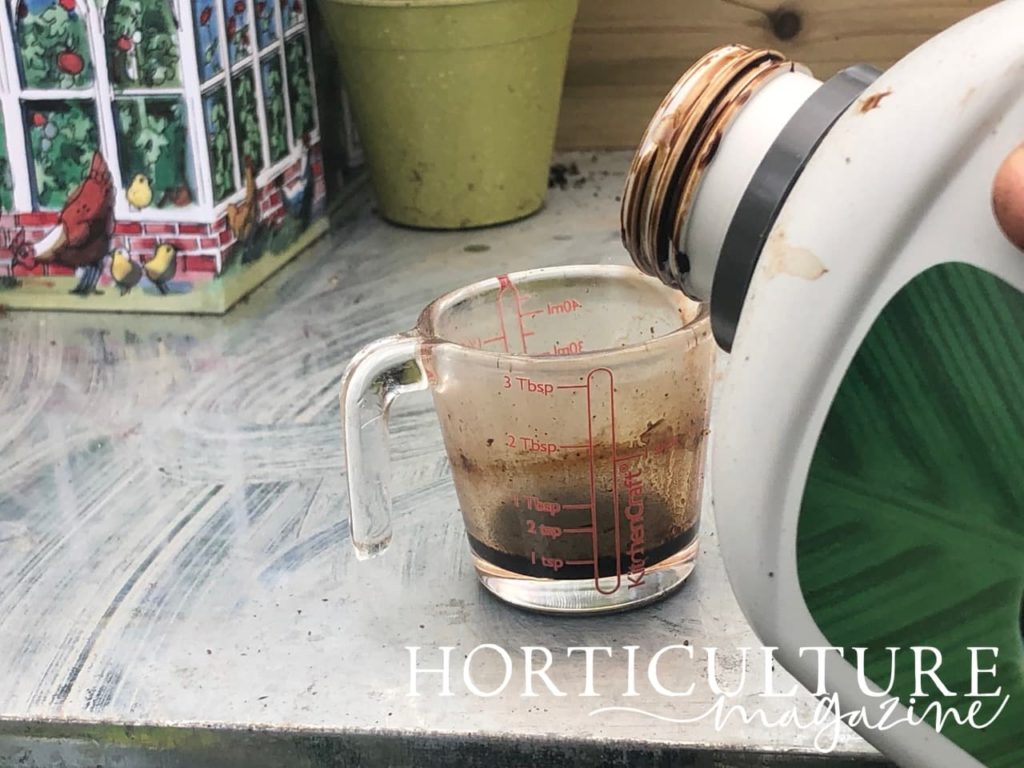
All Begonias will thrive if they are fertilised regularly.
Open-ground plants should be fed every two to three weeks while container plants may be fed more frequently, say once a week to every ten days.
Begonias should be fed only during their growing season which is usually May through September, excluding winter-flowering types.
“To keep it simple when feeding all types of Begonia, I plant in compost or soil that I have amended with granular controlled or continuous release fertiliser,” shares Dan Ori, a Horticultural Instructor and Consultant from the UK.
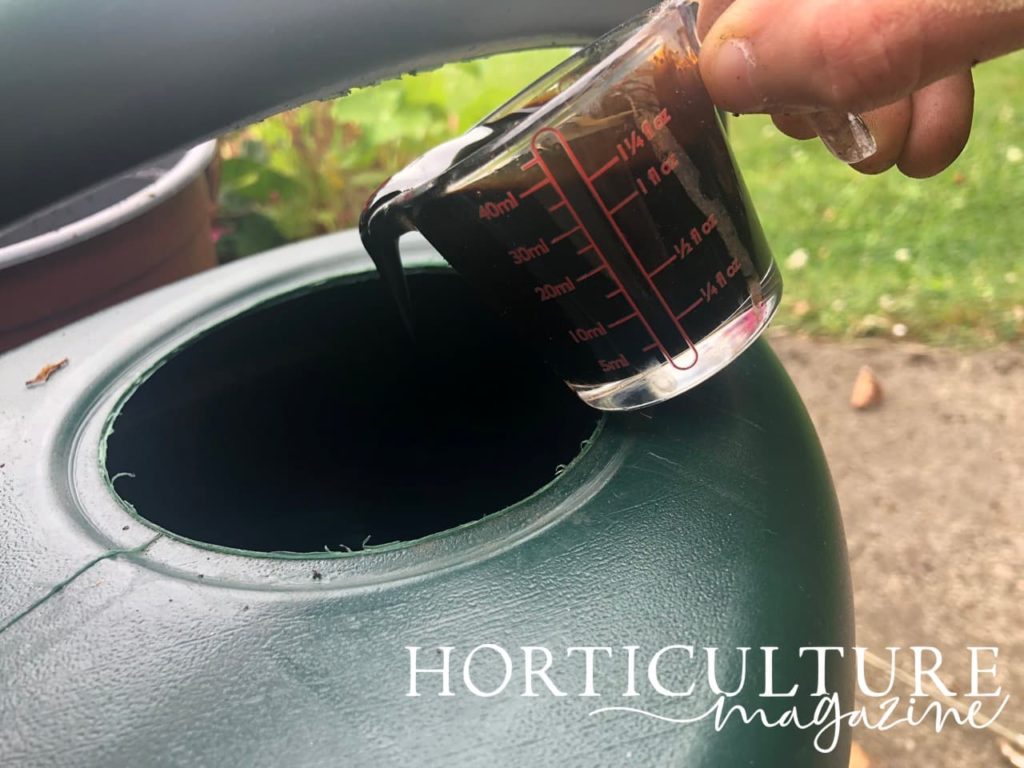
“If you use a 6-month controlled release product like Miracle-Gro all-purpose continuous release plant food, this may be all that is required for outdoor begonias that will be dug up in autumn.
“If I use an organic granular controlled release product like Miracle-Gro Performance Organics all-purpose, after 3 months I would apply a top-dressing on top of the compost.
“If I judge it necessary to further boost flowering, I would then add liquid feeds high in potassium, like tomato feed.
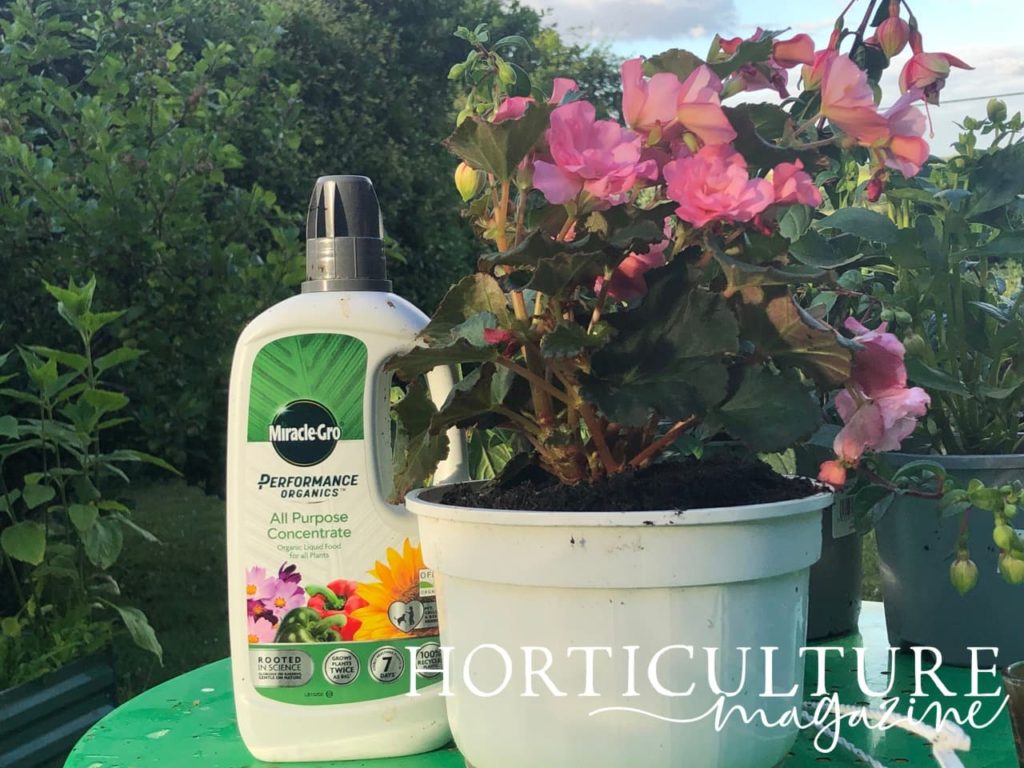
“My advice would be to pay a few pounds more for a tomato feed with seaweed extract, as this has numerous benefits, including addressing any nutrient deficiencies that may be causing discolouration in the leaves.”
In all cases feed the plants according to the fertiliser manufacturer’s directions.
We suggest that you err on the side of a bit too little fertiliser than a bit too much.

